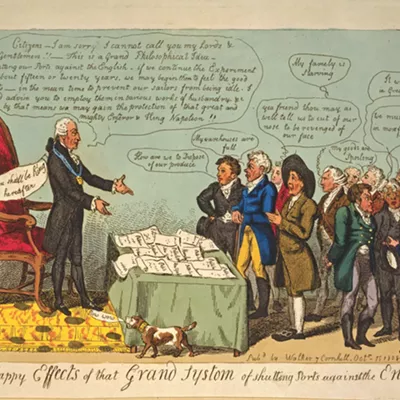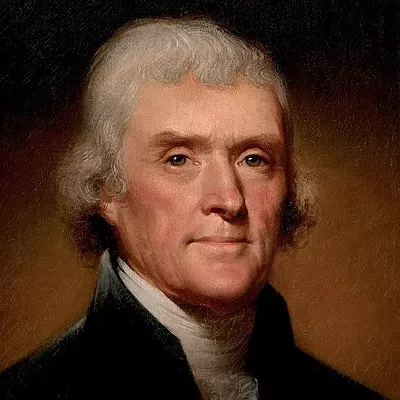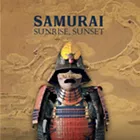In the 1870s, a Salish Indian brave named Walking Coyote led a handful of bison calves from the Great Plains westward to the home of his people in Montana's Mission Valley. Some traditions say he did so because he saw that Europeans were hunting the beast to extinction
Bison proliferated in the lush valley, which eventually became the Flathead Indian Reservation. By 1900, the herd numbered about 1,000, while by then, the 60 million bison that once roamed the plains had virtually been exterminated.
But the federal government had fixed ideas about how the Salish and Kootenai tribes sharing the Flathead Reservation should live. Officials forced the Indians to sell their bison in 1906. After giving 160-acre allotments to each tribal family, the government sold the rest of the real estate to non-Indians. Tribal members quickly found themselves a minority on their own reservation.
In 1908, the American Bison Society convinced President Theodore Roosevelt to set aside a National Bison Range, near Dixon, Mont. The government cut 18,000 acres out of the heart of the reservation, paying the tribes $1.56 an acre. Ironically, some of the bison sold to Canada were shipped back.
Today, the tribes want to complete the circle and manage the descendants of those same beasts. Regulations set forth in the Indian Self-Determination and Education Assistance Act Amendments of 1994 allow them a chance to do just that. It's not as though the tribes would own the bison range now run by the U.S. Fish and Wildlife Service. A federal manager would remain in charge, and the agency would maintain oversight of all "inherently governmental duties," which have yet to be defined.
But the proposal for Indian involvement has met stiff opposition among the tribes' non-Indian neighbors. Since the 1970s, when the tribes first began flexing their political muscle, they have stepped on a lot of toes: They established shoreline rules for the southern half of Flathead Lake and began taxing docks. They took over the local power company. They negotiated a deal with the state to sell their own hunting and fishing permits. They forced irrigators to keep in-stream flows that would support local fisheries during droughts.
Most non-Indians who spoke against the tribes at a public hearing in May couched their protestations in politically acceptable terms. Away from the microphones, however, some couldn't hide their anger.
"The government keeps giving Indians money -- and where do they go with it? To the bars," a woman told me.
Tribes across the country are watching the negotiations. The Department of Interior has identified 19 wildlife refuges that have geographic, historical and cultural ties to Indian tribes, as well as 34 parks and national monuments, including Montana's Glacier National Park. In Alaska, every refuge and park -- except Denali National Park -- is eligible for some type of Indian management.
There's no doubt the Fish and Wildlife Service is doing an excellent job running the National Bison Range and its other refuges. Even with dwindling financial support, the National Park Service somehow manages to keep toilets flushing and wildlife relatively safe in our parks. So why fix something that isn't broken?
Because the unemployment rates across Indian Country are a disgrace -- reaching as high as 80 percent on some reservations. Hiring Indians to work in parks and refuges located in their backyards may not open up many well-paying jobs, but it will be a beginning. And if they don't have the skills right now, tribal members can be trained just like everyone else.
As for the Salish and Kootenai, they've shown a commitment to wildlife conservation. They were the first to establish a wilderness area on tribal lands -- 90,000 acres in the Mission Mountains -- and they reintroduced endangered peregrine falcons, trumpeter swans and leopard frogs to the reservation. They held up reconstruction of Highway 93, the busiest road in Montana, until the state agreed to incorporate over- and underpasses for wildlife in the design.
I had to chuckle when a non-Indian speaker at the public meeting complained that Indians thought they had some "special connection" to the bison. Tribal council leader Fred Matt put it simply: "We took care of the bison, and they took care of us."
Maybe 100 years from now, if mad cow disease ever spreads from Canada throughout North America and prompts the slaughter of herd after herd, the descendants of today's ranchers will understand what it means to lose a resource that informs every aspect of life. Then it would be our lot to yearn for a symbolic connection.
Mark Matthews is a writer in Missoula, Mont. This commentary comes from Writers on the Range, a syndication service of High Country News (www.hcn.org).
Publication date: 07/10/03















